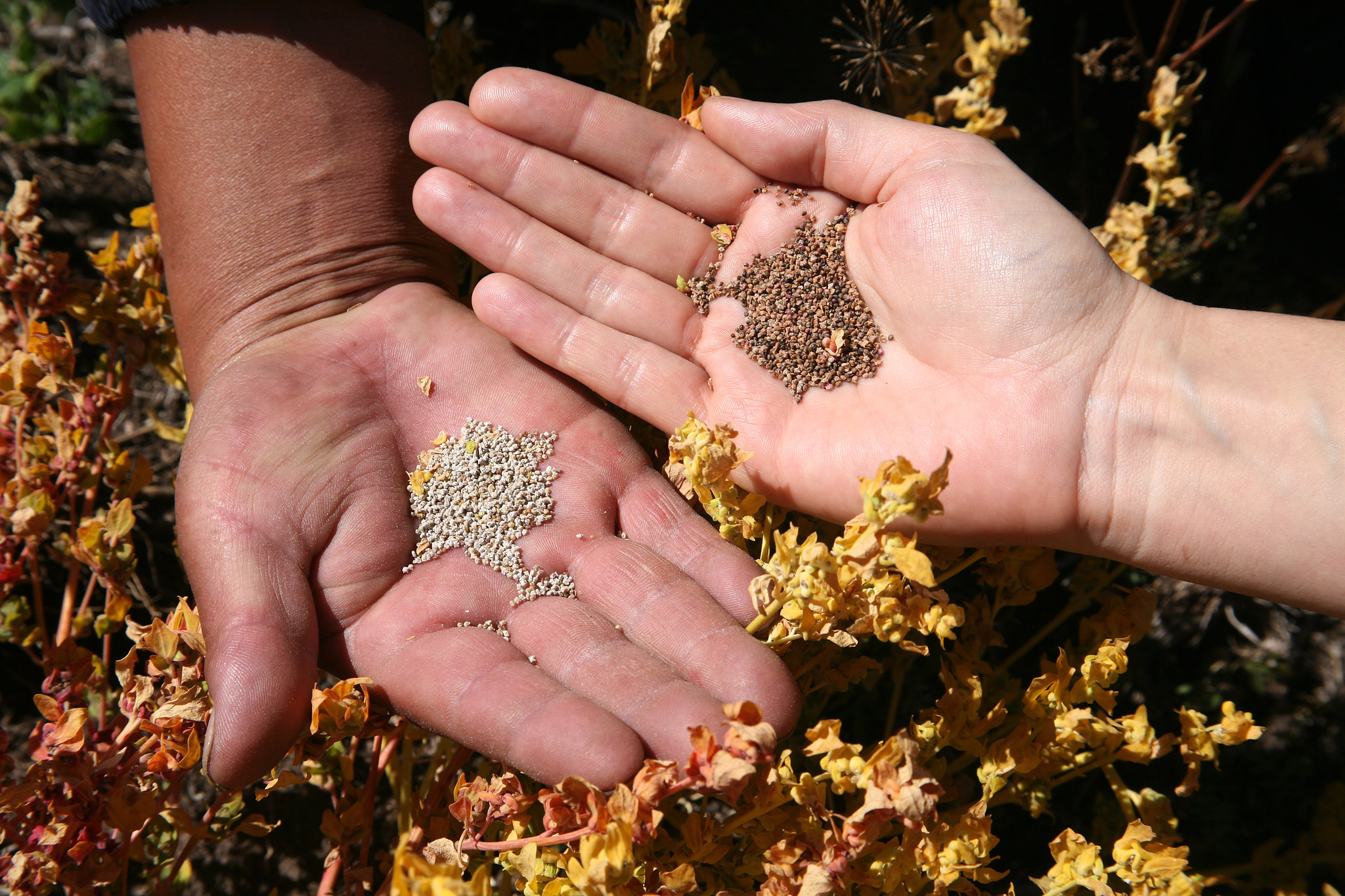Why biodiversity matters in agriculture and food systems
- From
-
Published on
04.11.24
- Impact Area

Expert Voices by CGIAR Executive Managing Director, Ismahane Elouafi on Science.org
Imagine a world where the variety of food sources we rely on is reduced to a mere handful of species. This is not a dystopian future. It’s the path we are on right now, and it’s happening silently in fields, farms, and forests across the globe. Biodiversity—the lifeblood of our ecosystems and food systems—is under siege. Driven by climate change, habitat destruction, and the relentless march of agricultural expansion, we are witnessing an unprecedented erosion of genetic diversity. This loss is more than just a scientific or environmental concern; it’s a direct threat to global food security, and by extension, human survival.
Challenge
Biodiversity loss in agriculture is a pressing threat to global food systems, reducing our ability to cope with climate change, environmental degradation, and nutritional challenges. Over the past century, about 75% of plant genetic diversity has been lost as farmers have shifted toward high-yielding, genetically uniform crops. Today, just nine plant species account for 66% of global crop production, with rice, wheat, and maize alone providing more than 50% of the world’s plant-derived calories. This reliance on a narrow set of crops undermines food system resilience, leaving us vulnerable to pests, diseases, and climate extremes. It has also created a monocultural vulnerability reminiscent of the Irish potato famine of the 1840s, when reliance on a single, genetically uniform crop led to catastrophic losses due to disease.
Genetic diversity within and among species acts as a natural buffer against environmental changes. Different crop varieties respond differently to stressors, providing farmers with options to manage risks. When one crop fails, others can compensate, helping to safeguard harvests and livelihoods. However, as the diversity on our farms diminishes, farmers have fewer tools to adapt to the growing volatility brought on by climate change. Extreme weather events such as droughts, floods, and heat waves are becoming more severe, and monocultures are ill-equipped to withstand these shocks.
Photo from Bioversity. Developed with support from Adam Hunt, CGIAR Senior Content Advisor
Related news
-

ICRISAT to Deliver World-Class Services as CGIAR’s Breeding Resources South Asia Hub
International Crops Research Institute for the Semi-Arid Tropics (ICRISAT)07.07.25-
Biodiversity
-
Food security
Strategic collaboration to scale innovation and deliver harmonized, high-quality support across CGIA…
Read more -
-

Multifunctional Landscapes that reconcile food production, with ecosystem restoration and biodiversity conservation
Multifunctional Landscapes Science Program06.07.25-
Biodiversity
-
Environmental health & biodiversity
The CGIAR Multifunctional Landscapes Science Program (MFL SP) is driven by a bold vision of…
Read more -
-

Harnessing digital tools in securing soil health for Africa’s food future
Sehlule Muzata27.06.25-
Climate adaptation & mitigation
-
Environmental health
-
Nutrition, health & food security
-
Poverty reduction, livelihoods & jobs
Nairobi, 27 June 2025 (IITA) - As it marks its first anniversary, the Regional Hub…
Read more -
